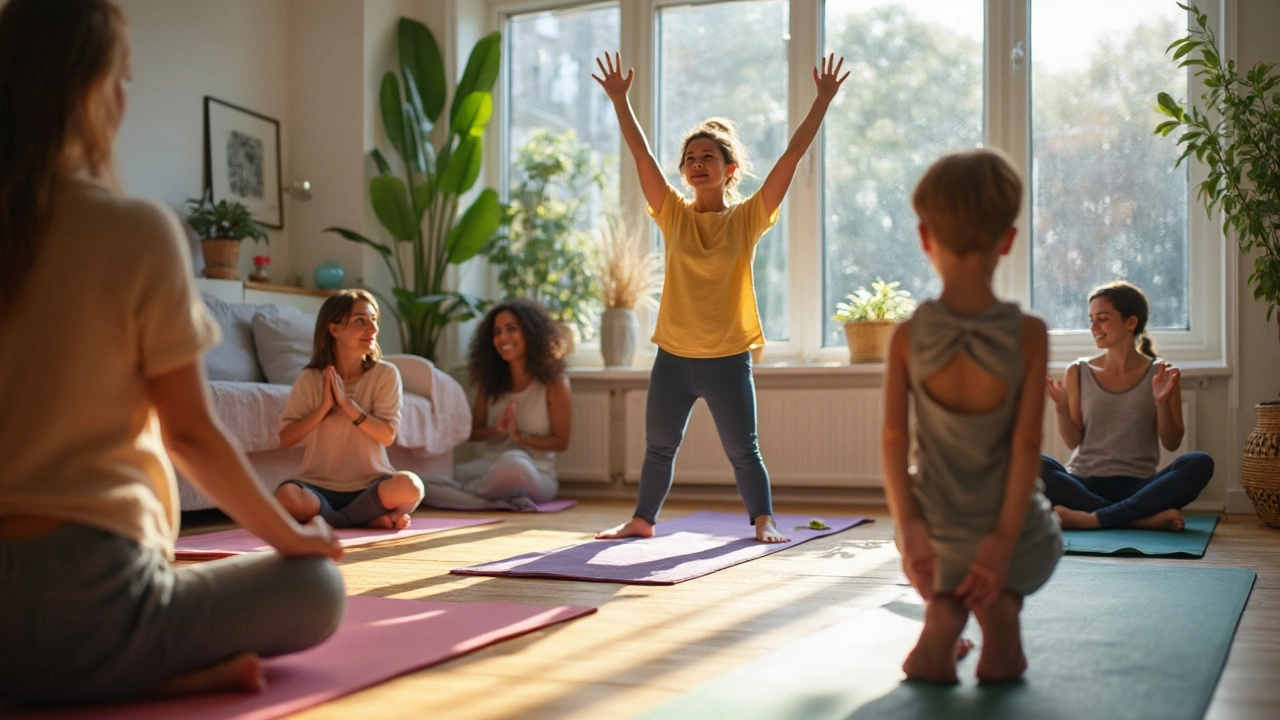Beginner Yoga: Simple Steps to Begin Your Practice
If you’ve never tried yoga, the thought of rolling out a mat can feel a bit scary. The good news? You don’t need flexibility, fancy gear, or years of experience. All you need is a willingness to move and breathe. Below are real‑world steps that let you jump in without the overwhelm.
Why Yoga is Great for Beginners
First off, yoga is low‑impact. That means you can protect your joints while still getting a solid workout. The movements focus on range of motion, which helps you get more mobile day by day. Secondly, the breathing tricks taught in yoga calm the nervous system, so you feel less stressed after a short session. Finally, yoga builds strength in the core, legs, and arms without heavy weights, making it perfect if you’re just starting out.
Because yoga combines movement, breath, and mindfulness, you get a whole‑body benefit in one 20‑minute routine. That efficiency is why so many beginners stick with it.
Practical Tips to Kick Off Your Yoga Journey
1. Choose the right mat. A simple, non‑slip mat about 1/4‑inch thick works fine. You don’t need a premium brand – just something that stays in place.
2. Dress comfortably. Loose‑fitting clothes or leggings and a T‑shirt let you move freely. Avoid anything that restricts your hips or shoulders.
3. Start with 10‑minute videos. Look for “beginner yoga flow” on YouTube or a free app. Short videos keep the habit manageable and prevent burnout.
4. Focus on breath. Inhale through the nose, exhale through the mouth. Matching breath to movement makes poses feel easier and steadier.
5. Learn three core poses. Mountain Pose (Tadasana) teaches alignment; Downward‑Facing Dog (Adho Mukha Svanasana) stretches the hamstrings and shoulders; Child’s Pose (Balasana) offers a gentle rest. Practice each for three breaths before moving on.
6. Keep a journal. Jot down how you felt before and after each session. Over time you’ll spot patterns – maybe you’re more focused at work or sleeping better at night.
7. Set a realistic schedule. Aim for three sessions a week, 20 minutes each. Consistency beats occasional marathon workouts.
8. Listen to your body. If a stretch feels sharp, back off a bit. Yoga should never hurt; it should feel like a gentle challenge.
By following these steps, you’ll build confidence fast. You’ll notice that even a short practice lifts your mood and eases tension. That feeling keeps most beginners coming back.
Remember, yoga isn’t a competition. It’s a personal journey where the only benchmark is how you feel compared to yesterday. Start small, stay consistent, and watch your body and mind improve together.
Ready to roll out that mat? Pick a quiet corner, press play on a beginner video, and give yourself 20 minutes of movement and breath. You’ll be surprised how quickly it becomes a highlight of your day.

Beginner Yoga Guide: How to Start Yoga at Home Safely and Effectively
Maeve Larkspur Jun 25 0Wondering how to start yoga as a beginner? This practical guide makes choosing a style, getting equipment, learning poses, and sticking to your yoga routine simple and clear.
More Detail